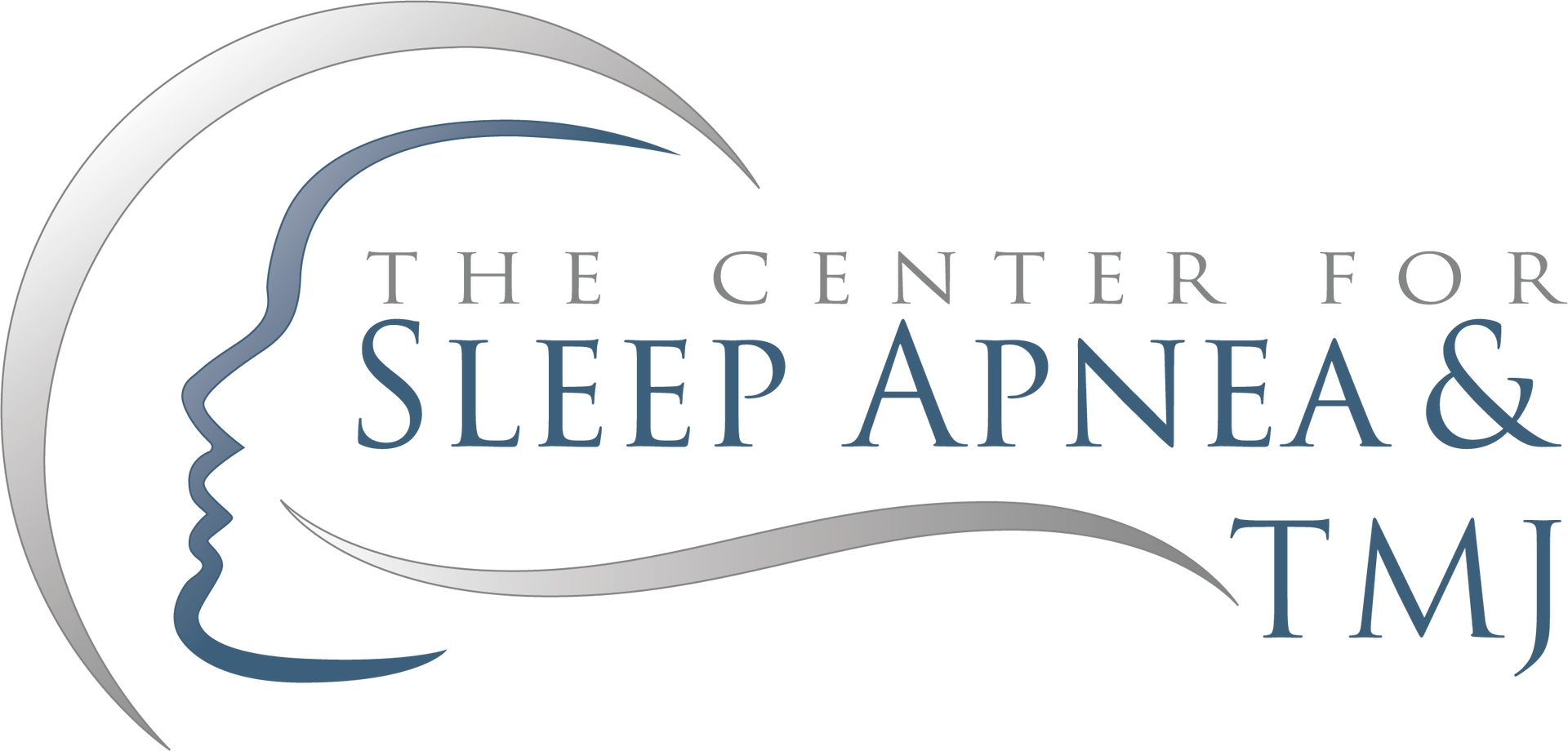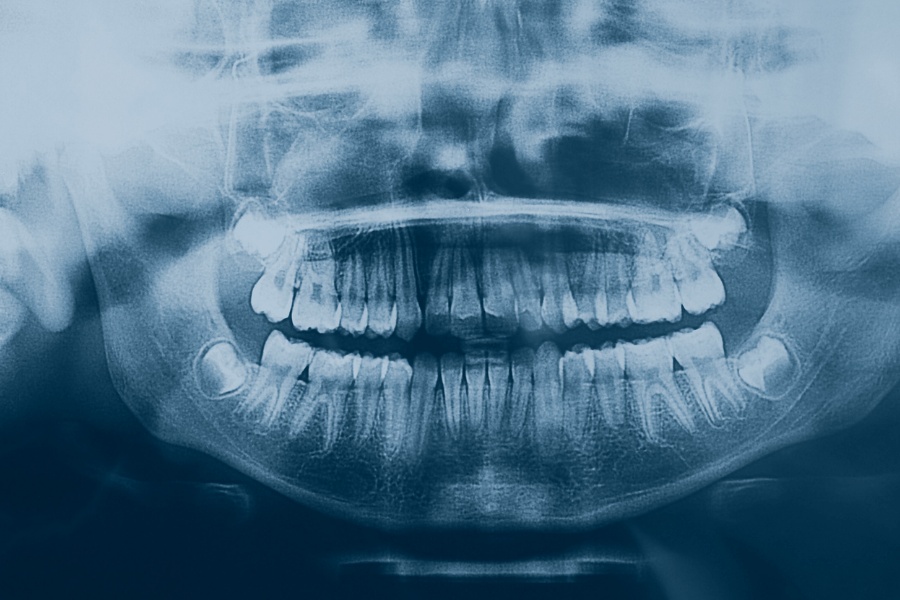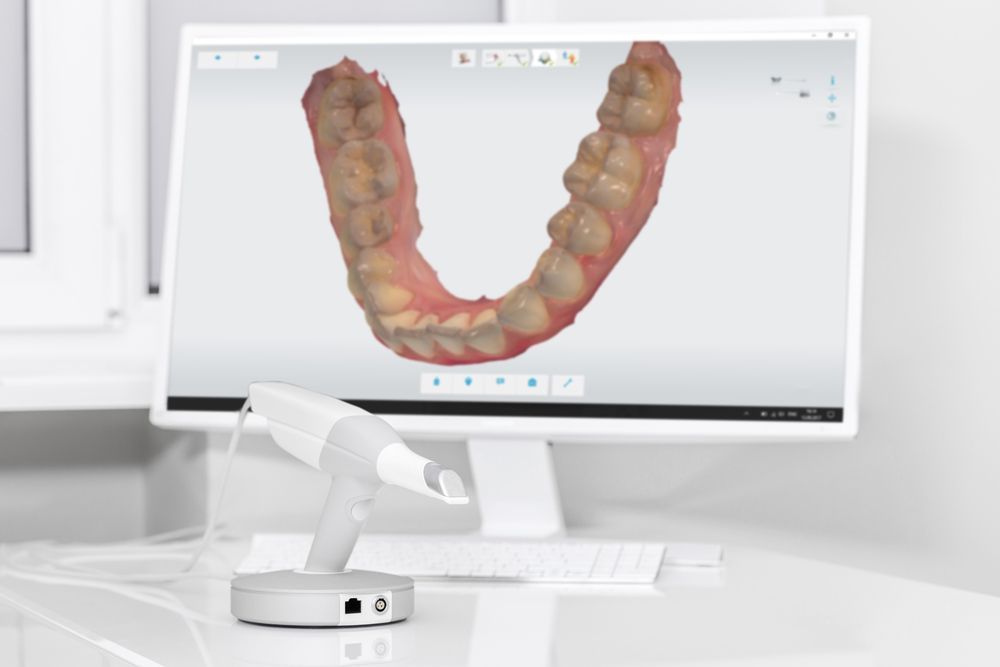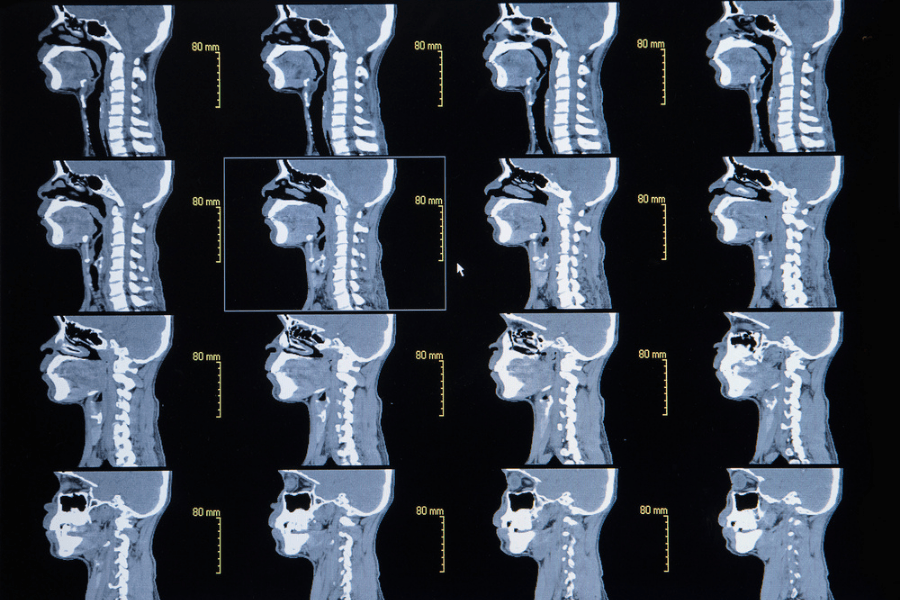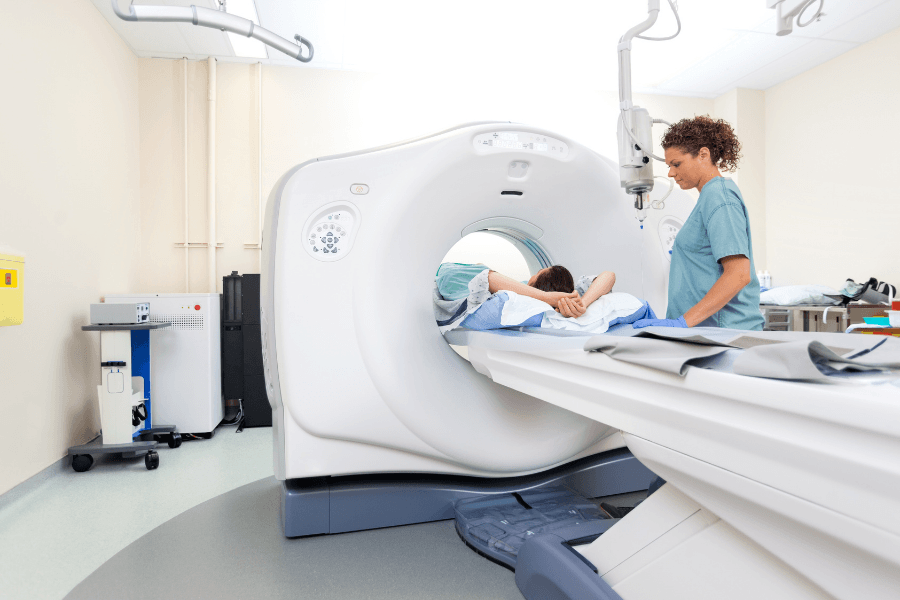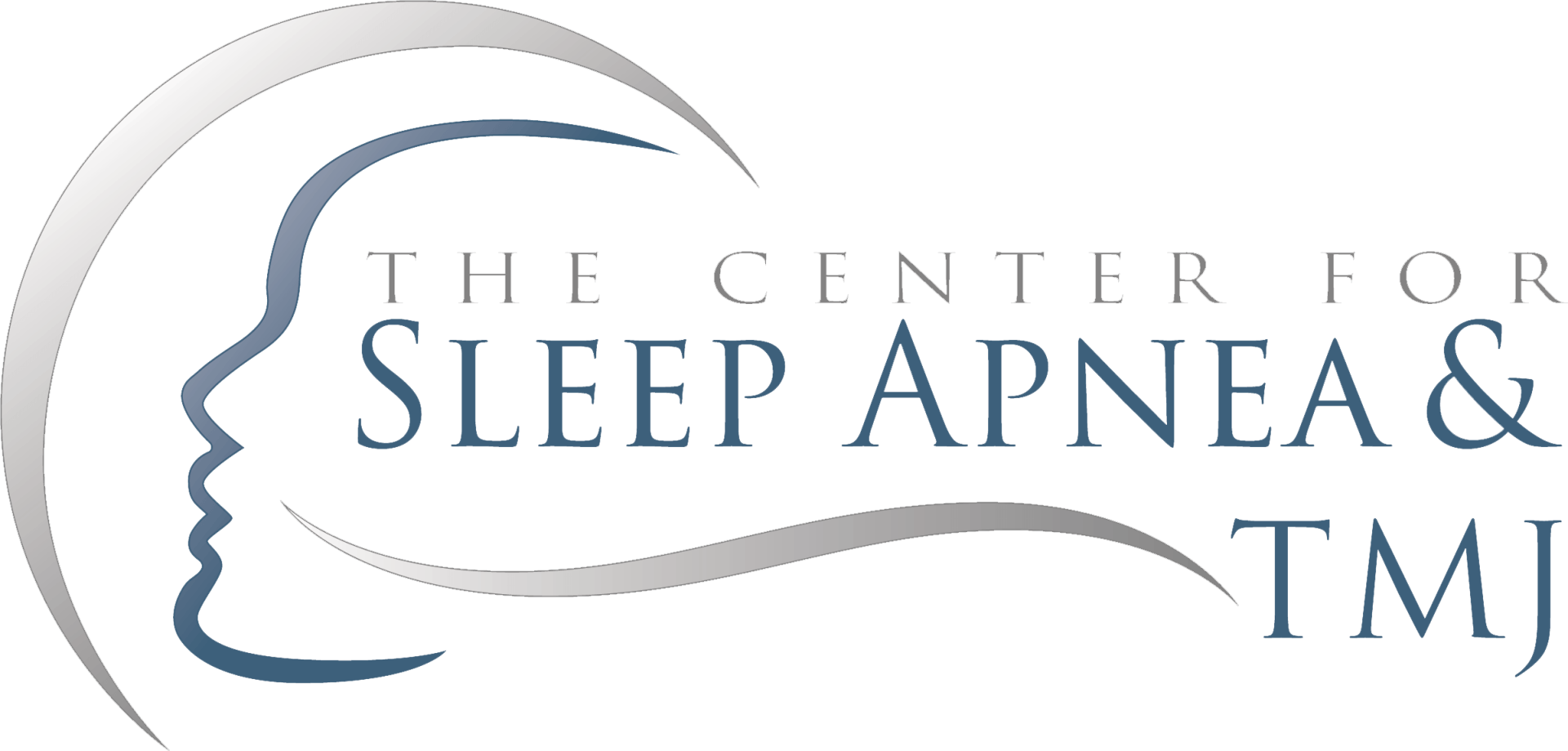OUR PROCESS
The Center for Sleep Apnea and TMJ is a dental clinic dedicated to helping you with sleep apnea, snoring, and TMJ pain. It’s time to smile again as you finally get a good night’s rest!
The First Appointment
Your initial exam will consist of a 15 to 20 minute history review and evaluation with our doctor. You will fill out standard medical questionnaire forms and questionnaires specific to your problem (sleep or TMJ). If you haven’t had a panoramic radiograph taken by your dentist in the past 6 months, we will take one for you. After reviewing this screening information our doctors will know whether you require further evaluation and treatment in our office, whether you should be referred to another practitioner, or whether your problem is likely to improve with simple home treatments. If our doctors believe they can help you, further diagnostic records may be recommended. These vary depending on the findings in the initial evaluation. Below are some of the diagnostic records that we often use, listed in order of which records are most often recommended.
Panoramic Radiograph
A panoramic radiograph shows a panorama of the jaws and some of the associated structures. It is used as a screening film to initially rule out such things as tumors, abscessed teeth, missing teeth, large cavities, fractures, etc.
Dentists will often take this type of film every few years to evaluate for these things as well as evaluation of bone loss around the teeth or periodontal disease.
CT Scan
The Center for Sleep Apnea & TMJ works with Facial Imaging of Idaho to provide our patients with in house CT scans. The cone beam CT is used for imaging of the head and gives incredible three dimensional views of the jaws, temporomandibular joints, and associated structures.
The wonderful thing about the cone beam CT is that the technology only uses 1/40th of the radiation dose of older medical CT scanners, making it much safer and gives us a greater diagnostic image. The CT scans taken at Facial Imaging of Idaho for our office are read by a board certified radiologist.
Magnetic Resonance Imaging (MRI)
Some of our patients are referred for an MRI study of the TM joints. MRI is the only way to confirm that a disc is out of place in the jaw joint (disc displacement without reduction or jaw locking). MRI allows soft tissue such as the TMJ disc to be imaged where CT and normal x-rays do not. MRI uses strong magnets to affect the tissues, and a computer is able to interpret this information into images.
Sleep Apnea is a serious medical concern. Find out how we can help.
Is sleep apnea genetic?
What are my treatment options?
What is AHI?
